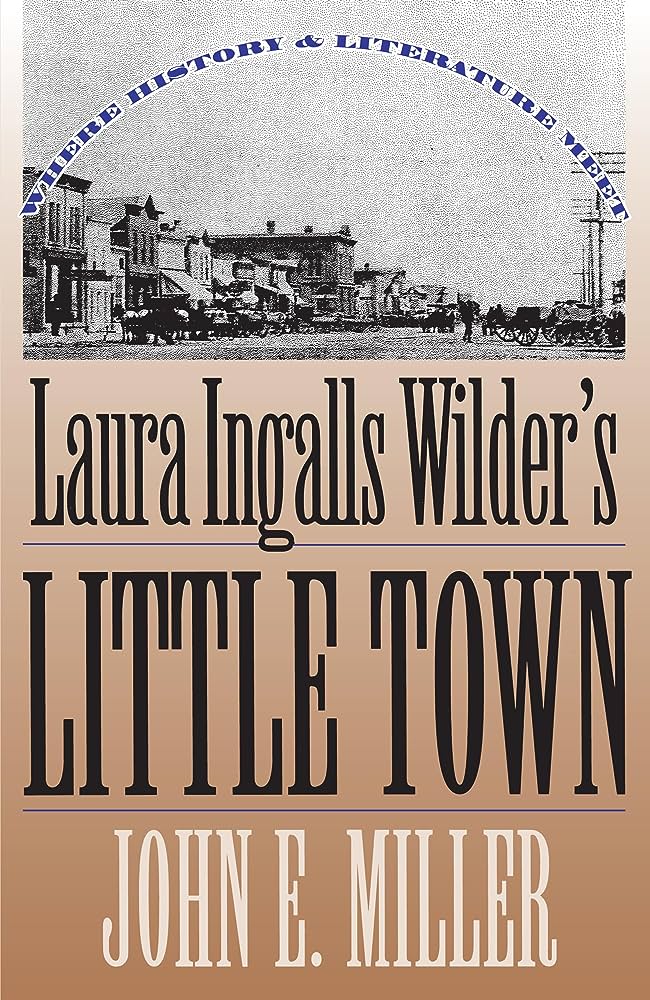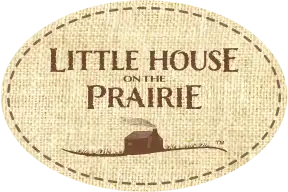Our Recommended Reading for Children & Young Adults and Recommended Reading for Adults articles have been popular resources for readers interested in Laura Ingalls Wilder and Little House on the Prairie. Here is a brief overview of Laura Ingalls Wilder’s Little Town: Where History and Literature Meet.

Author: John E. Miller
Publisher: University Press of Kansas (June 2, 1994)
Synopsis:
“I understand that in my own life, I represented a whole period of American history.” As Laura Ingalls Wilder realized they would, her widely loved stories of her prairie childhood have become much more than a nostalgic blend of myth, memories, and autobiography. Historically, John Miller reveals, the stories have much to tell us about the realities of day-to-day living and attitudes in the nineteenth century. History and literature are closely intertwined, Miller contends, and in this book he illustrates how Wilder’s novels enhance our understanding of history and how, simultaneously, a historical perspective framed Wilder’s fiction. Wilder, he shows, interwove content and form to produce a sentimental and compelling, yet nuanced and believable, picture of family life on the agricultural frontier.
Focusing on Wilder’s novels set in and around De Smet, South Dakota, which include By the Shores of Silver Lake and Little Town on the Prairie, Miller compares her fictional world to history recorded in census figures, newspaper accounts, county records, maps, and photographs. He illustrates that, although Wilder sacrificed some historical details for simplicity and drama, she preserved a general accuracy of people, places, events, and customs and depicted many facets of late nineteenth-century life, from food and entertainment to work ethics and education.
Miller also addresses the controversy over the authorship of the eight novels attributed to Wilder. Was she the true author or were they ghostwritten by her daughter, Rose Wilder Lane? He contends that while Lane’s editorial contribution was of great value, the voice in the book belongs to Wilder. The books are filled with her interpretations of the truth as influenced by the time period in which she grew up and the culture the institutions, gossip, informal community pressure, media, stories, songs, roles, and stereotypes that surrounded her. Providing a glimpse of prairie life through the eyes of a young girl, Wilder’s novels are as historically valid as their nonfiction cousins, Miller argues. Hers is a lived history a sometimes romantic, sometimes observational account of the joys and frustrations of life on the prairie and a reflection of the westward movement in its prime.
About the Author: John Miller
John E. Miller is the author of Laura Ingalls Wilder’s Little Town: Where History and Literature Meet (University Press of Kansas); Becoming Laura Ingalls Wilder: The Woman behind the Legend (University of Missouri Press); and Laura Ingalls Wilder and Rose Wilder Lane: Authorship, Place, Time, and Culture (University of Missouri Press). He is Professor Emeritus of History at South Dakota State University and lives in Brookings, South Dakota.
Pick up your own copy of Laura Ingalls Wilder’s Little Town: Where History and Literature Meet here.
Check out our Recommended Reading for Adults and Recommended Reading for Children & Young Adults for more great books.
The editors of the Little House on the Prairie® website are pleased to bring you interesting articles, interviews, fan features, videos, and much more.


0 Comments